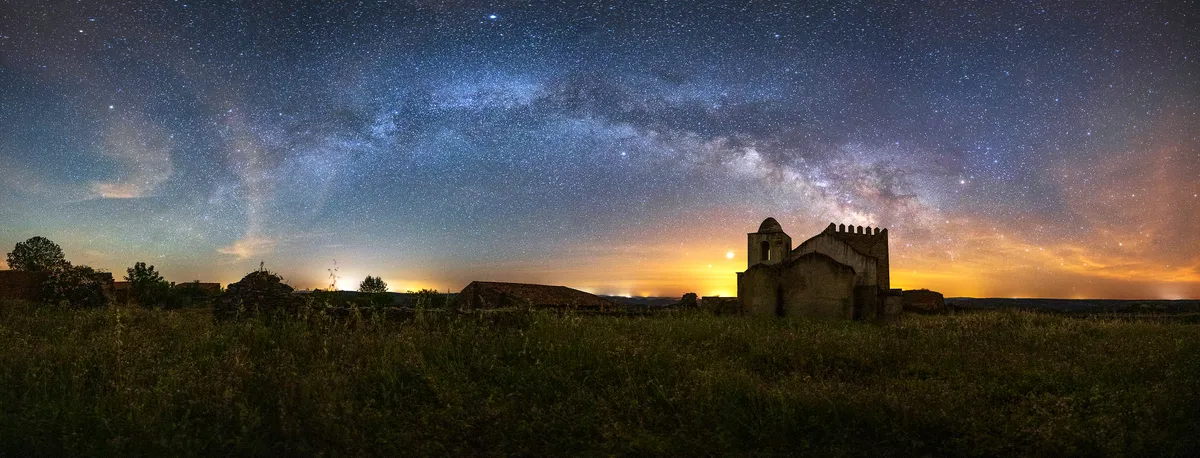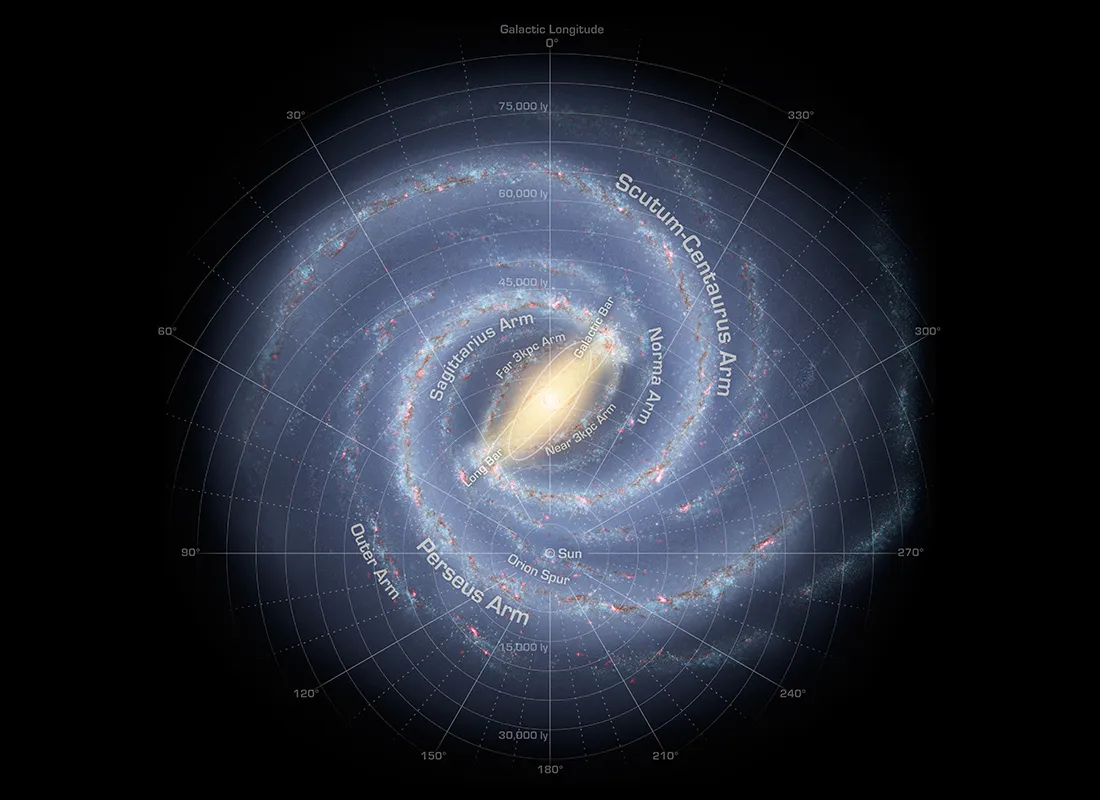When you look up at the night sky from a dark location, you can expect to see a dazzling display of stars stretching from horizon to horizon.
But you may have wondered whether all the stars that are visible from Earth are part of our home galaxy the Milky Way, or whether we're actually observing stars in another, nearby galaxy.
The answer is that all of the stars you can see in the night sky belong to our own Milky Way Galaxy.
Read more:

The vast majority of the individual stars that can be seen all lie within a ‘bubble’ of space around the Sun about 10,000 lightyears across.
The billions of stars that lie outside this region are too distant to be seen individually and their starlight appears to coalesce into the misty band known as the Milky Way.
It appears as a band, rather than all over the sky, because the Galaxy is relatively flat.
So when you see the Milky Way from a dark sky site you’re looking along the plane of the Galaxy.
Observing stars beyond our Galaxy

It is possible, technically to see stars outside of the Milky Way Galaxy, but not as individual points.
If you take a look within the wedge-shaped constellation of Andromeda you’ll see the elongated misty patch known as M31, or the Andromeda Galaxy.
For help locating it, read our guide on how to see the Andromeda Galaxy.
This is a separate island city of stars, just like our own Milky Way Galaxy, about 2.5 million lightyears distant.
The starlight from the billions of individual stars that populate M31 merge to form an elongated smudge.
The Andromeda Galaxy is the most distant object that can be seen with the naked eye under normal night sky conditions.
But we can't see individual stars in the galaxy, meaning every star we can actually observe in the night sky is within the limits of our galaxy.
This article originally appeared in the February 2010 issue of BBC Sky at Night Magazine.
